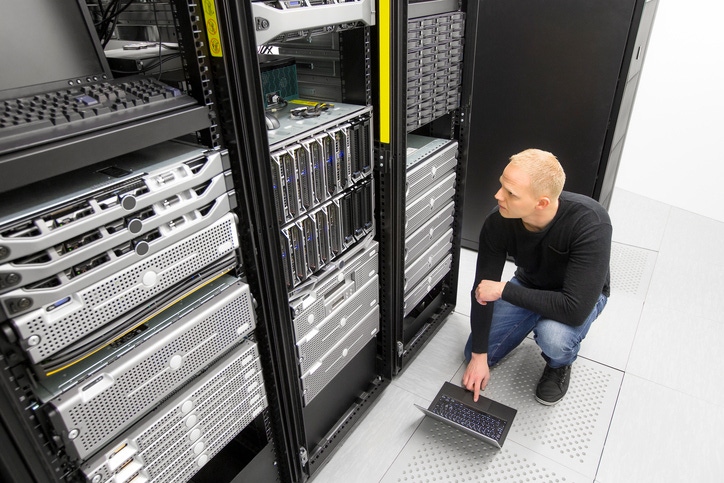What Serverless Computing Means for MSPs
The idea is for the servers to exist in the background, as a resource that scales up or down automatically, according to the application's needs.

"Serverless" is a buzzword you're probably hearing frequently. What does serverless computing mean, and how can MSPs benefit from the serverless trend? The answers may not be as obvious as you think.
You were probably taught in school that you could determine the meaning of unfamiliar words by breaking them down into their constituent parts. Unfortunately, that doesn't work for "serverless." Serverless computing does not mean that there are no servers involved.
Instead, serverless means you don't have to think about the servers that you rely on to deploy and run an application. The idea is for the servers to exist in the background, as a resource that scales up or down automatically, according to the application's needs.
In essence, serverless computing is a way of taking the Infrastructure-as-a-Service (IaaS) model to the extreme. Not only does serverless computing relieve you of the need to maintain your own infrastructure, but it saves you from the hassle of having to provision or administer infrastructure in any way.
Who's doing serverless computing?
AWS Lambda has emerged as the classic example of serverless computing. Lambda lets programmers write applications that run certain operations on-demand in the Amazon cloud, without any provisioning required by app admins.
The Lambda serverless functionality is a handy way to complete tasks like resizing images that are uploaded to a website. Since resizing images requires a lot of compute power, it would normally take a long time unless you dedicated a lot of servers just to that task. But having a bunch of servers sitting around waiting to resize images occasionally would not be a cost-effective use of servers. So, instead, you can use Lamdba's serverless infrastructure to access major CPU power in the cloud when you need to resize a photo, then stop paying for it the instant the operation is complete.
More generally, serverless computing also describes the type of infrastructure that container orchestration platforms like Kubernetes and Docker Swarm aim to make possible. These tools are designed to automate the process of running applications inside containers and scaling those applications in response to shifts in demand. While Kubernetes and Swarm currently require more manual management than they would in a totally serverless scenario, they're nonetheless examples of solutions conceived as a way to make computing serverless.
Serverless computing and MSPs
If you're an MSP, the advent of serverless computing can be a huge benefit. That's because serverless infrastructure is the ultimate goal of any customer who uses an MSP to deliver his or her computing resources.
In other words, customers who work with an MSP to provide infrastructure want their computing experience to be serverless. They don't want to have to think about the infrastructure they are using to operate their business; they just want things to work. This has been the main selling point for MSPs in the infrastructure market for decades.
Now, by combining excellent service with next-generation technologies like AWS Lambda and orchestration platforms, MSPs can deliver a serverless experience to their clients like never before. That's something they'll have to do as more clients come to expect serverless computing experiences.
Send tips and news to [email protected].
About the Author(s)
You May Also Like


